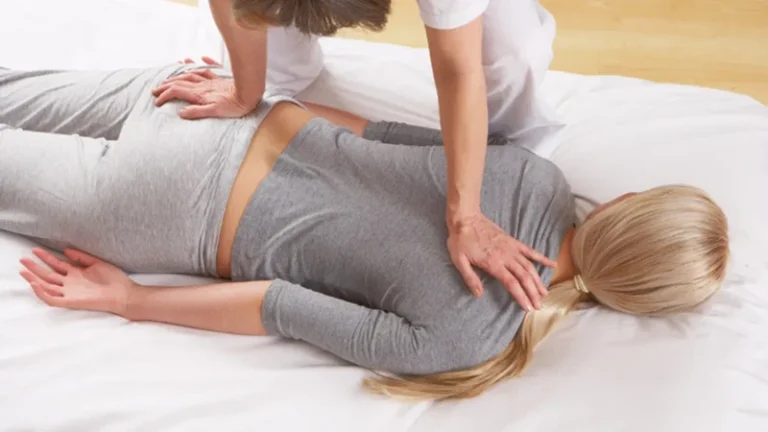Are you looking for ways to relax and relieve discomfort in your lower back? If so, learning how to massage your lower back is a great way to soothe those achy muscles and promote ultimate relaxation and comfort. Through the use of massage techniques, you can target the areas of your lower back that need the most attention and relief. In this article, we’ll provide you with some easy-to-follow tips for how to massage lower back for ultimate relaxation and comfort.
Contents
Benefits of Massaging the Lower Back
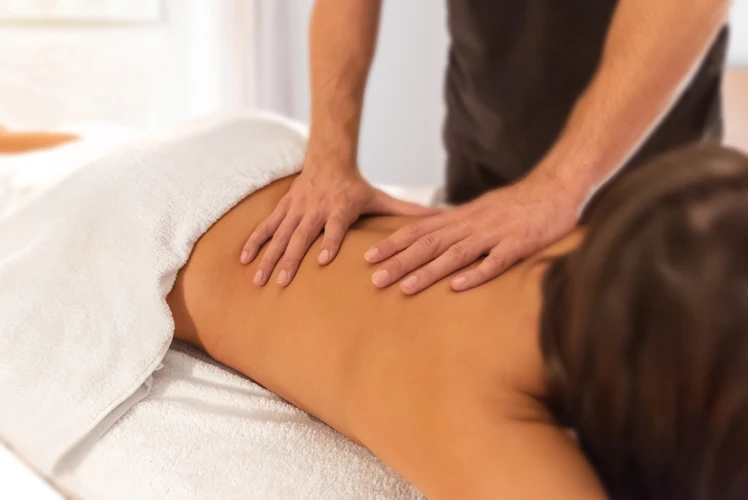
Lower back massages can provide relief from pain, help to reduce stress, and promote relaxation. Studies have shown that lower back massage can reduce muscle tension, improve circulation, and restore range of motion. Additionally, massage can reduce fatigue and improve sleep quality.
Pain relief. Massage can help to reduce muscle tension, which can lead to pain relief. It can also help to reduce inflammation and improve circulation.
Stress relief. Massaging the lower back can help to reduce stress levels, improve relaxation, and promote a feeling of well-being.
Improved circulation. Massage stimulates the circulation of blood and lymph, which can help to improve the body’s overall health.
Enhanced flexibility. Massage can help to restore range of motion, improve posture, and promote relaxation.
Improved sleep quality. Massage can help to reduce fatigue, improve sleep quality, and promote relaxation.
For those who are looking to learn how to massage their lower back for ultimate relaxation and comfort, there are several techniques that can be used to achieve this. Common techniques include kneading, tapping, and effleurage. It is important to start with gentle movements and gradually increase the pressure as needed. Additionally, it is important to massage the waist area in order to get the best results.
Preparing for the Massage
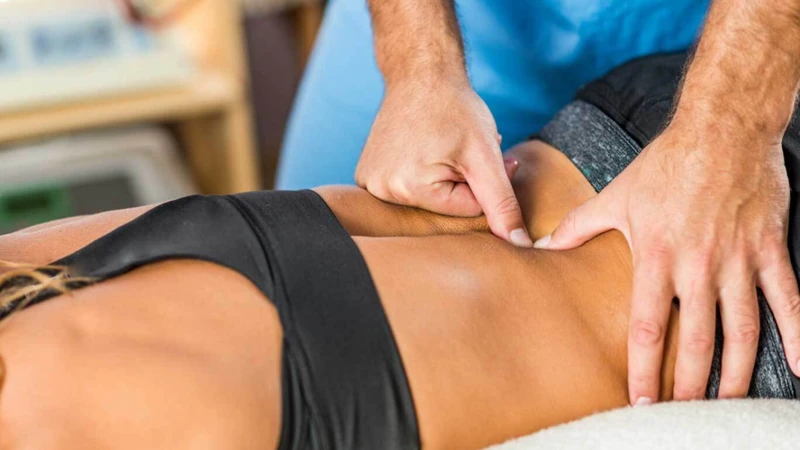
- Create a Relaxing Atmosphere: Dim the lights, light some candles, and play soothing music. This will help create a calming space for your massage.
- Choose the Right Massage Oil or Lotion: Using the right oil or lotion can help make your massage more comfortable. Choose an oil or lotion that’s specifically designed for massaging sore backs.
- Set the Temperature: Make sure the room is warm enough to make your massage comfortable. The ideal temperature should be between 68-75 degrees Fahrenheit.
- Exfoliate Your Skin: Exfoliating your skin will help remove dead skin cells and improve circulation. This will make the massage more effective.
- Take a Hot Bath or Shower: Taking a hot bath or shower before your massage will help relax your muscles and make your massage more comfortable.
- Drink Plenty of Water: Drinking plenty of water before and after your massage can help flush out toxins and reduce muscle soreness.
Preparing for a massage is key to getting the most out of your massage experience. Creating a relaxing atmosphere, using the right massage oil or lotion, setting the temperature, exfoliating your skin, taking a hot bath or shower, and drinking plenty of water can all help make your massage more comfortable and effective to help relieve your sore back.
Techniques for Massaging the Lower Back

Effleurage
Effleurage is a gentle, circular massage technique that is used to promote relaxation, reduce tension, and warm up the muscles. Start by using light strokes, gradually increasing pressure as you go. Use your palms and fingertips to massage the muscles in a circular motion, starting from the lower back and working your way up.
Friction
Friction is another massage technique that helps to reduce muscle pain and tension. To perform this technique, use your thumb and fingers to apply deep pressure in a circular motion. Start at the lower back and work your way up, pressing firmly into the muscles.
Petrissage
Petrissage is a massage technique used to knead and stretch the muscles. With this technique, use your fingertips and thumbs to knead and roll the muscles. You can also use your knuckles or the heel of your hand to apply a deeper pressure. This technique helps to increase circulation and reduce muscle tension.
By using these massage techniques, you can give your lower back the relief it needs and help to prevent and reduce back pain. With regular massage, you can enjoy long-term comfort and relaxation.
Techniques for Massaging the Waist
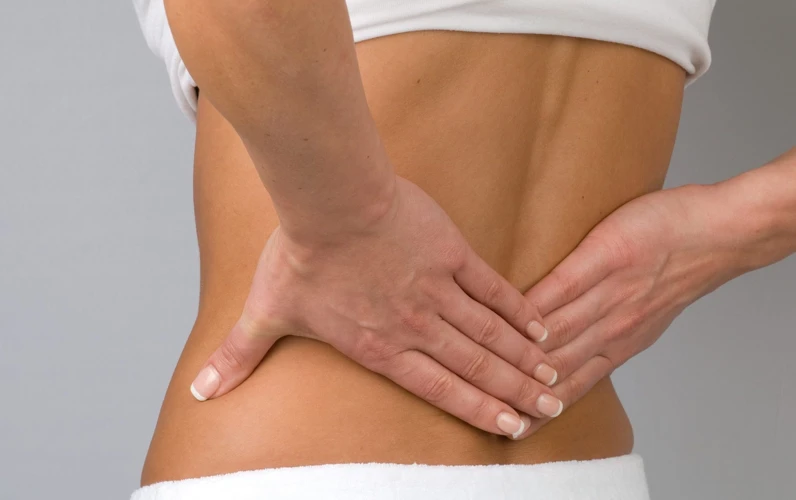
Effleurage
Effleurage is a gentle, long and gliding technique used to relax and soothe the muscles. To perform this massage, start by placing the palms of your hands flat on the lower back area. Apply light pressure and begin to move your hands in a slow, circular motion. Continue this motion, working your way up the spine, until you reach the neck area.
Friction
Friction is a more intense massage technique used to release tension in the lower back muscles. To perform this massage, start by placing your thumbs on the lower back area. Apply firm pressure in a circular motion, then move your thumbs up and down the spine. Continue this motion until you reach the neck area.
Techniques for Massaging a Sore Back
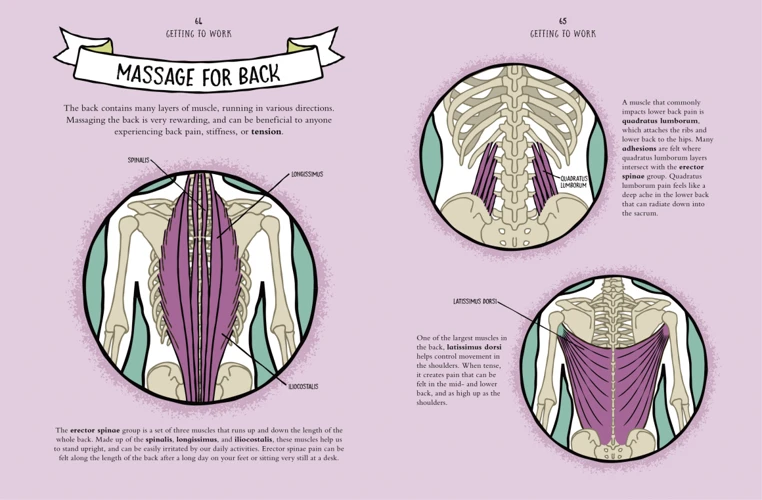
Gentle Pressure
Gently pressing your fingers on the sore points of your lower back can help to alleviate the discomfort and pain. Start by lightly pressing and kneading the sore area, then increase the pressure and massage until the area is relaxed.
Soothing Heat
The application of heat can also be beneficial in relieving lower back pain. Heat increases circulation and helps to relax the muscles. Consider using a heating pad, hot water bottle, or electric heating pad to apply heat directly to the area.
Techniques for Massaging to Relieve Back Pain
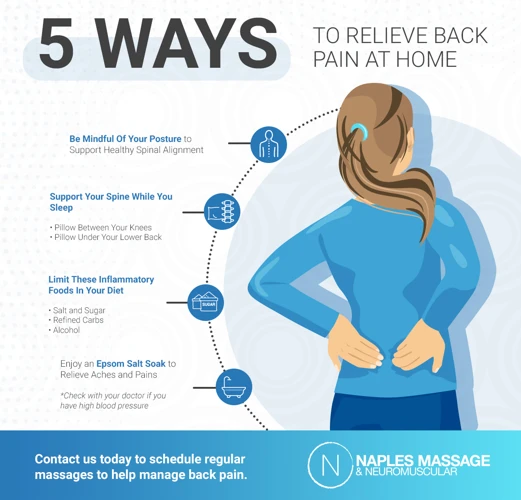
Trigger Point Therapy
Trigger point therapy involves pressing firmly on certain areas of the body to relieve pain and tension. This type of massage is particularly beneficial for people with lower back pain, as it can help to release tightness and reduce discomfort.
Acupressure
Acupressure is an ancient form of massage that uses pressure on specific points on the body to relieve pain, tension, and stress. This technique can be used to help reduce lower back pain and restore mobility. It is important to remember to use gentle pressure and stay within the comfort zone of the person receiving the massage.
Tips for Massaging the Lower Back
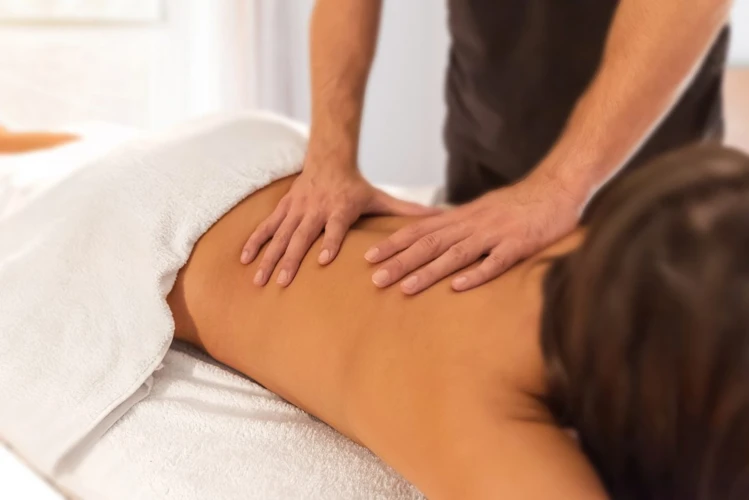
1. Start With Gentle, Broad Strokes – Begin your massage with gentle, broad strokes that move in the same direction as your spine. This will help to relax the muscles and prepare them for deeper, more specific massage techniques.
2. Use the Heel of Your Hand – To increase the pressure and focus on specific areas, you can use the heel of your hand to press firmly on the lower back.
3. Use Your Fingers to Find Trigger Points – Once the muscles are relaxed, use your fingers to locate any trigger points or knots. Once you’ve located them, you can use your fingers to press into them and hold for a few seconds.
4. Work in Small, Circular Motions – To provide a more intense massage, use small, circular motions to massage the lower back. This will help to break up any remaining knots and increase circulation to the area.
5. Finish With a Gentle Back-and-Forth Motion – To finish the massage, use a gentle back-and-forth motion with the tips of your fingers. This will help to further relax the muscles and provide a sense of relief.
Safety Considerations
Never massage an inflamed or swollen area. Do not massage an area that has been recently injured or is otherwise tender to the touch. If you experience any pain or discomfort during the massage, stop and seek professional help.
Avoid massaging joints. Massaging directly over the joints, such as the lower back, can be dangerous.
Do not massage areas with open wounds. Do not massage any area that has recently had surgery or any open wounds.
Avoid using too much pressure. Applying too much pressure can cause muscle strain and damage to the tissues.
Be aware of any medical conditions. If you have any medical conditions, such as diabetes, heart problems, or asthma, talk to your doctor before attempting any type of massage.
Stretch before and after. Before massaging your lower back, it is important to stretch the muscles to increase circulation and reduce the risk of injury. After the massage, also take a few minutes to stretch the area to help keep it flexible.
Choose the right massage oil. A good massage oil can make all the difference when it comes to providing a relaxing massage. Choose an oil that is appropriate for your skin type.
Use the right technique. There are a few different techniques for massaging your lower back, such as circular massage, kneading, and light tapping. Try different techniques to find which one works best for you.
Frequently Asked Questions
What are the Benefits of Lower Back Massage?
Lower back massage has numerous physical and mental benefits. Here are some of the advantages of lower back massage:
- Reduces pain and tension in the lower back region
- Improves flexibility and range of motion
- Increases the flow of oxygen to the lower back muscles
- Relieves stress and promotes relaxation
- Reduces inflammation and swelling
- Improves circulation and lymphatic drainage
- Reduces scar tissue and adhesions
Lower back massage can also help to improve posture, reduce fatigue, and improve overall wellbeing. With regular massage sessions, the benefits of lower back massage will be more pronounced.
What type of massage is best for lower back pain relief?
Deep tissue massage and trigger point therapy are two massage therapies that are particularly effective for relieving lower back pain. Deep tissue massage works to relieve tension and pain in the deeper layers of muscle and connective tissue, while trigger point therapy focuses on releasing and alleviating pressure from trigger points in the muscle. Both methods can help reduce pain, improve mobility, and increase blood circulation.
What is the Best Way to Position Your Body for the Massage?
- Lie on your stomach: Lie down on your stomach with your arms resting at your sides and your face turned to one side. Place a pillow under your hips for further comfort.
- Prop yourself up: Prop yourself up with a pillow placed horizontally under your abdomen, so that your lower back is raised slightly.
- Bend your knees: Bend your knees and allow them to fall to the side, while keeping your feet together.
- Place a bolster: Place a bolster or cushion under your lower back, to help support your lumbar region.
These are the best ways to position your body for the massage, so that you can get the most out of your experience and enjoy the ultimate relaxation.
Are there any risks associated with lower back massage?
Yes, there are some risks associated with lower back massage, including:
- Muscle strain
- Skin irritation
- Infection
- Bruising
- Blood clots
- Nerve damage
It is important to use proper technique and apply the right amount of pressure when performing a lower back massage. If you are unsure of the procedure, seek guidance from a professional massage therapist.
How often should I massage my lower back?
At least once a week: Regular massage can help to reduce chronic lower back pain and improve mobility. It is recommended to have massage at least once a week, however, if you have a particularly painful area, you can massage it more frequently.
As needed: If you are experiencing sudden pain or discomfort, you can massage your lower back as needed to help alleviate the pain.
Before and after exercise: Massage can help to improve circulation, reduce tension and tightness, and reduce the risk of injury. You can massage your lower back before and after physical activities to reduce soreness and improve flexibility.
Before bed: Massaging your lower back can help to relax the muscles, improve circulation and reduce stress. This can help to promote a better night’s sleep.
As part of a routine: It is important to make massage a part of your regular routine. This can help to reduce pain and improve overall wellbeing.
Conclusion
Massaging your lower back is an excellent way to reduce muscle tension and promote relaxation. With the right massage techniques and a few simple tools, you can enjoy the benefits of lower back massage in the comfort of your own home. Massage can also help improve circulation, reduce inflammation, and provide pain relief. Regular massage can help you maintain a healthy and active lifestyle.

